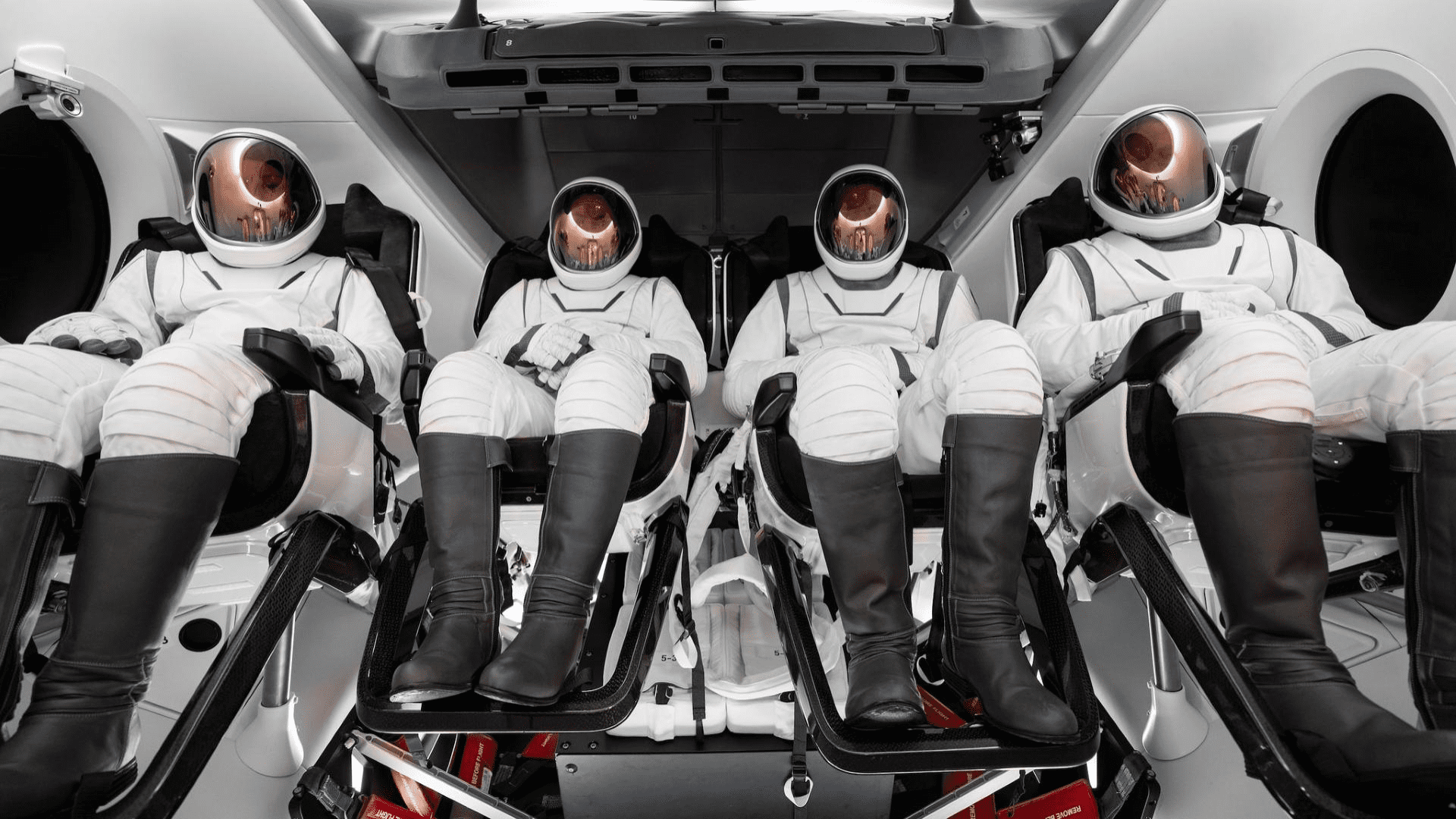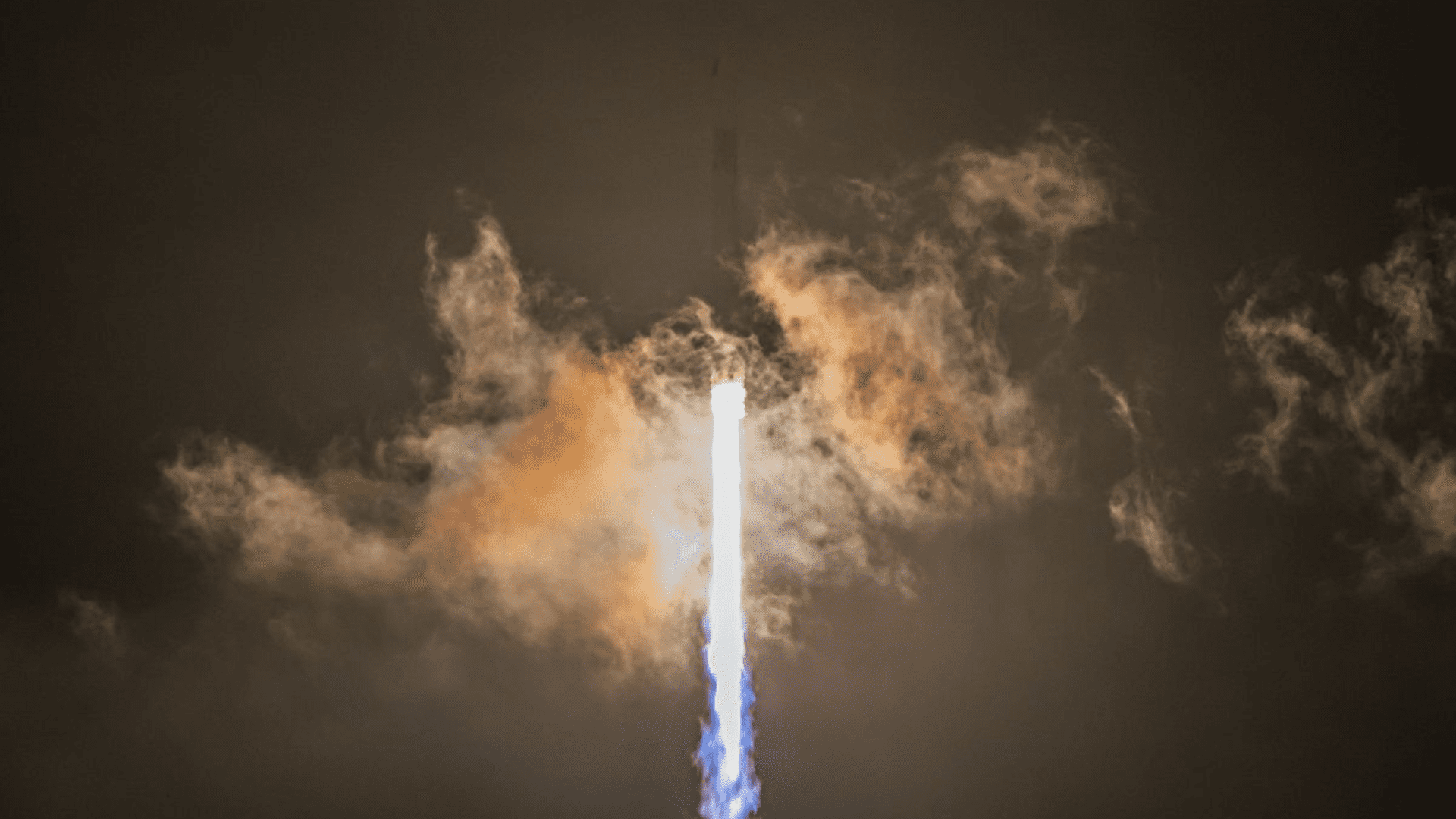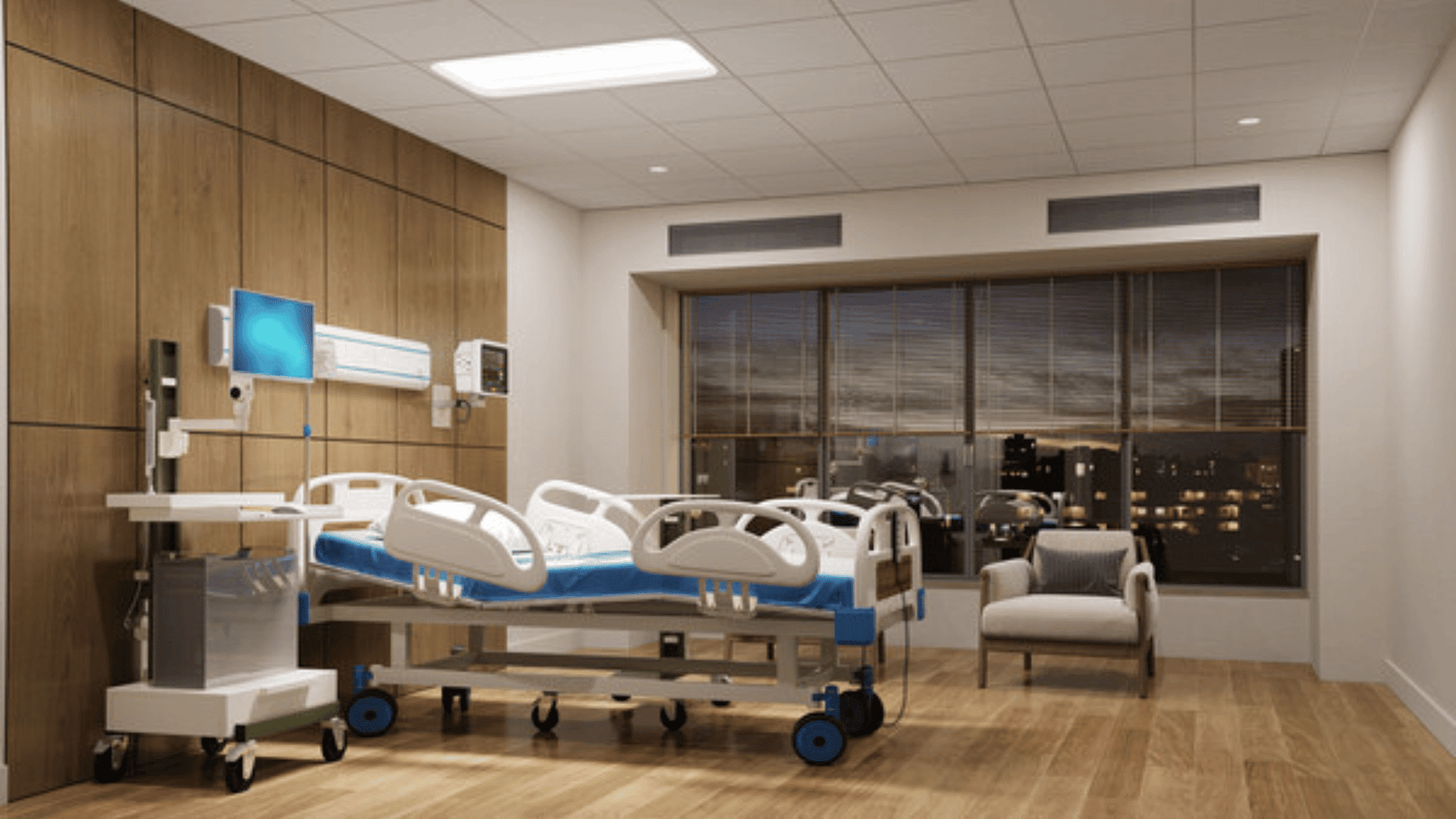A science experiment suite is flying aboard a SpaceX Dragon spacecraft and Falcon 9 rocket and heading for space as part of the Polaris Dawn mission. The new fully commercial human spaceflight mission consists of four crew members: Jared Isaacman, Scott “Kidd” Poteet, Sarah Gillis, and Anna Menon.

This team will conduct essential health and human performance research for NASA’s Human Research Program. The research will help NASA scientists better understand how exposure to space conditions affects the human body. In addition, the crew will test “new medical approaches and technology, gather data on space motion sickness, and better distinguish flight-associated injury risks.
Telemedicine
“Each mission, whether the crew is comprised of commercial or NASA astronauts, provides a key opportunity to expand our knowledge about how spaceflight affects human health,” said Jancy McPhee, associate chief scientist for human research at NASA. “Information gathered from Polaris Dawn will give us critical insights to help NASA plan for deeper space travel to the Moon and Mars.”

According to NASA, the crew will test a commercial device that collects and combines health measurements. The device measures blood pressure, heart rate, respiration rate, and temperature. It also provides ultrasound imaging and throat-focused video camera capabilities. In addition, there is an experimental telemedicine feature to help diagnose astronauts in near-real time during a mission.
To test the technology, the crew will compare vital sign collections with data from previous health screenings. They will also test the telemedicine feature during a simulation. During the test, the device will try to give an appropriate diagnosis based on crew input and available documentation.
McPhee said, “Crew members will need to be more self-reliant during lengthy missions, and we hope that telemedicine can provide crews with assistance.”
Additional Research
Another research project aims to understand better and prevent motion sickness, which many astronauts experience during spaceflights. Participating crew members will detail their symptoms, how they tried alleviating their motion sickness, and whether any of the approaches helped. A separate NASA-based research project will survey crew members after the mission to determine if they experienced any injuries during re-entry to Earth.
“Our team will take the crew’s survey data and combine it with information gathered from sensors on the spacecraft,” said Preston Greenhalgh, an injury biomechanist at NASA. “This will allow us to link crews’ reported experiences and health outcomes with the spacecraft’s dynamics and landing loads.”







